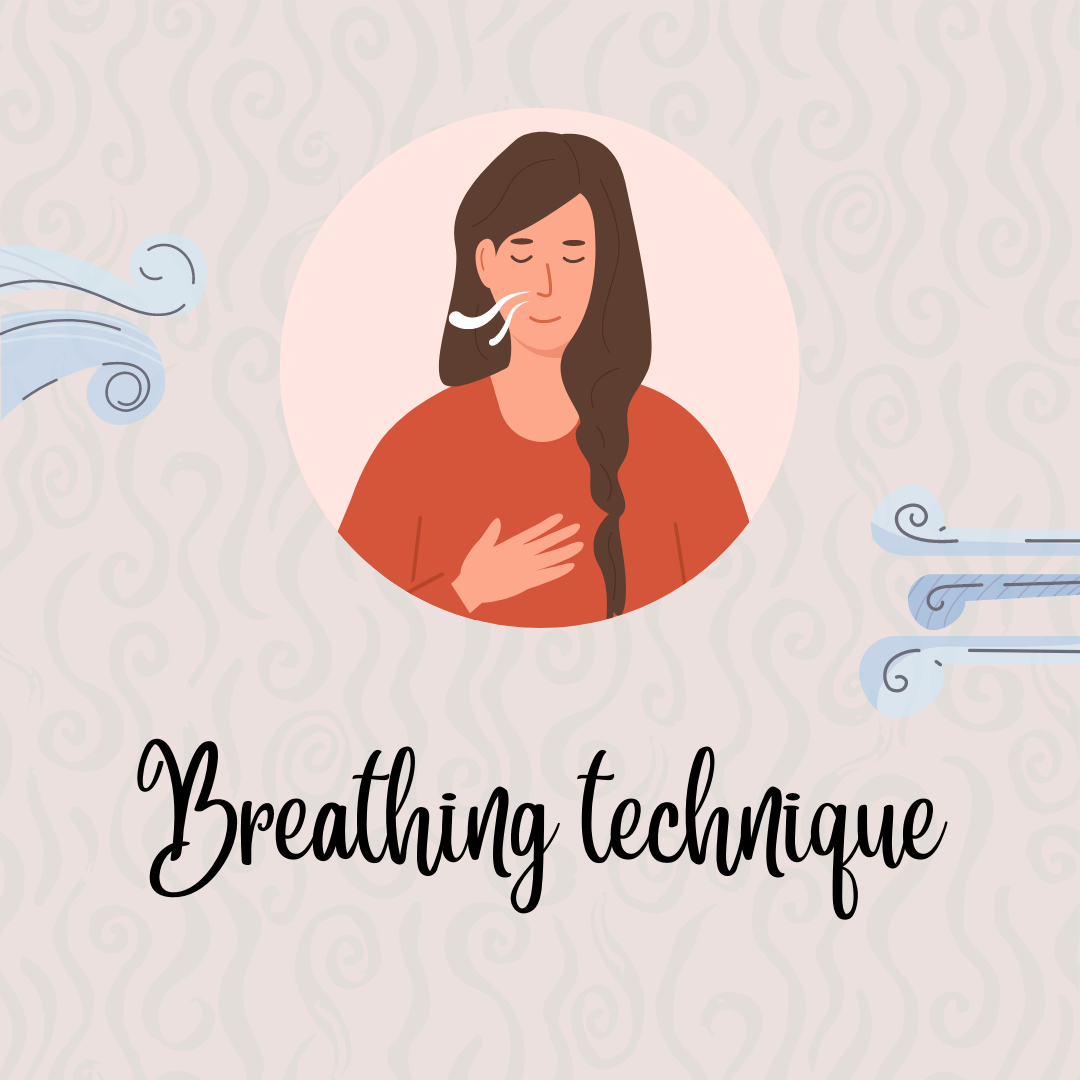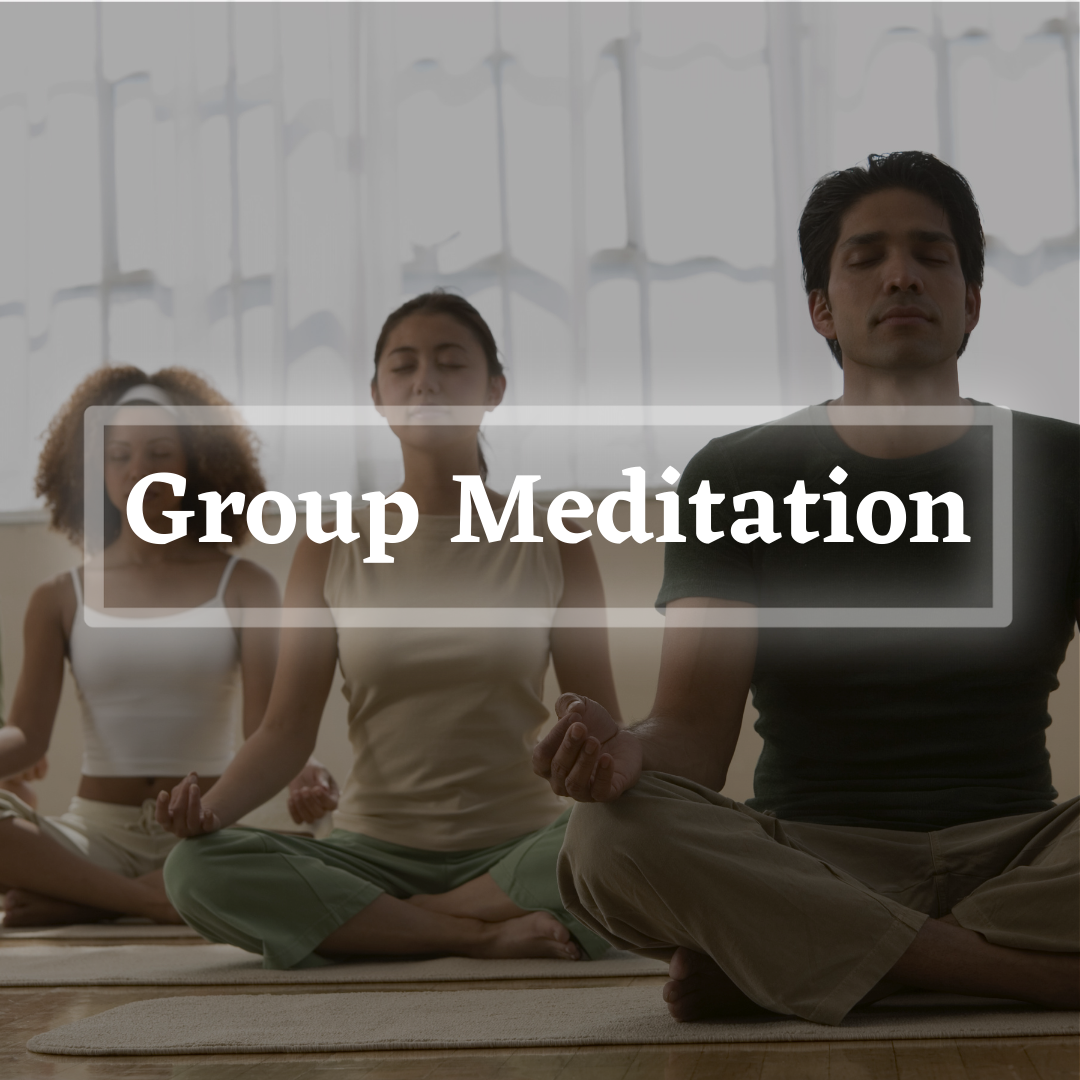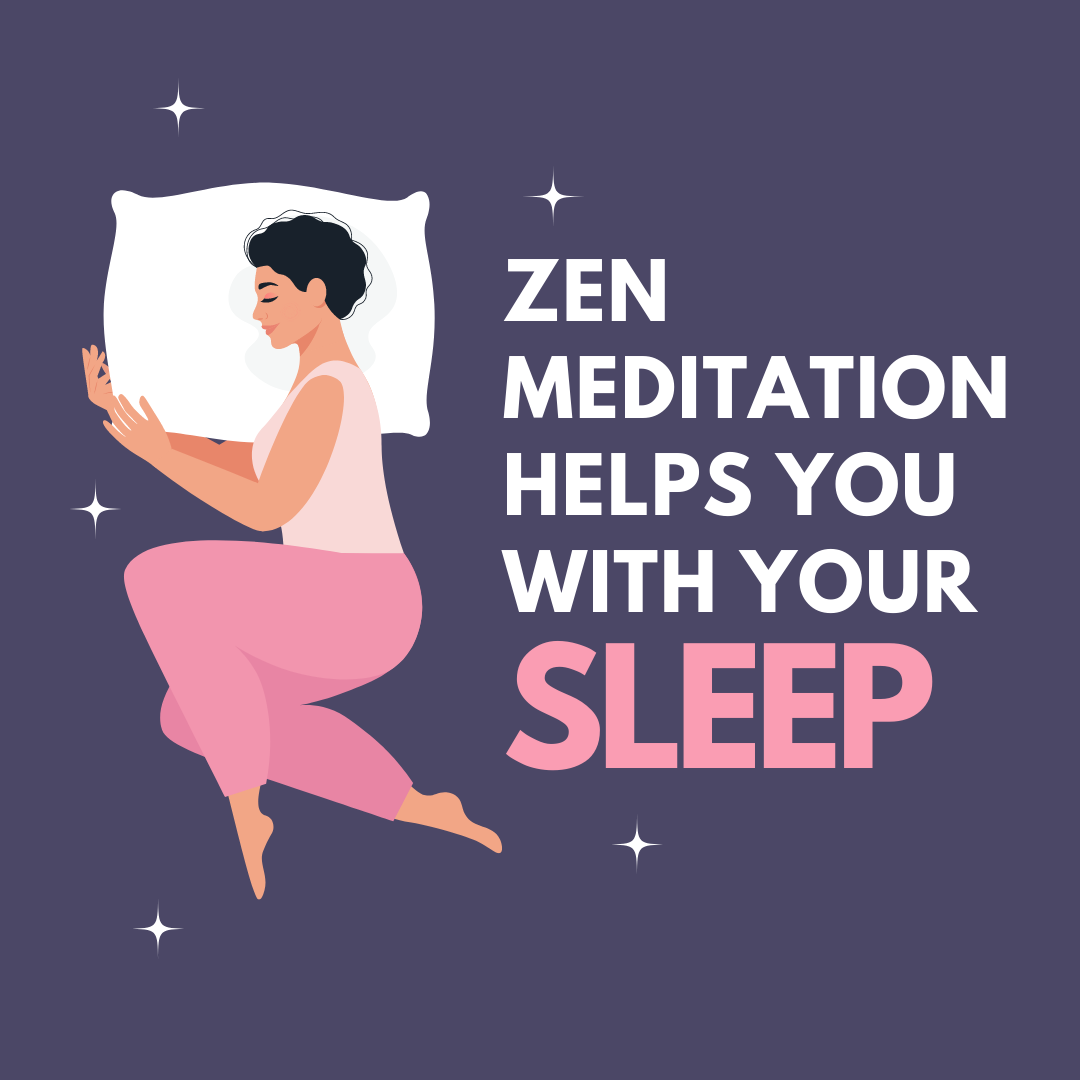Spiritual
Zen Meditation Benefits And Practice
Zen and meditation are two of the most common words associated with inner calm and peace. The word “Zen” has its roots in the Sanskrit word dhyana meaning contemplation and absorption. And true enough, when we think of Zen, we imagine being in a tranquil space or garden contemplating and meditating. When we meditate, we experience calmness and awareness of our deeper selves and our surroundings. One form of meditation is Zen meditation. Read more to find out what this amazing practice does to your being.

What is Zen Meditation?
Zen meditation or “Zazen” is a meditation practice that came from the traditional Buddhist discipline that aims to regulate attention. This meditation practice helps you to gain insight into your existence. It involves “thinking without thinking” by letting whatever comes up, come up.
The most common position in doing this type of meditation is sitting in a lotus position. You may have seen a Buddha statue sitting cross-legged with his foot placed on the opposite thigh. That seated meditation is called the lotus position. It may take some time to get used to this way of sitting but when you are deep in meditation, you will not get a feeling of discomfort. Counting your breath from one to ten will help you focus. But some say that breathing is the key and no counting is required to do this meditation.

Benefits of Zen meditation
While other meditation practices focus on letting go and releasing negativity that causes stress, Zazen focuses on a deeper understanding of yourself and life in general. The goal is to understand your thoughts and feelings and let go to develop insight into your body in mind. Here are the benefits that you can get when you practice it.
Impact on the brain
There is a study in 2008 that involved a dozen of people who have been practicing Zazen for over three years and another group who has never practiced this meditation technique. The participants were all given a brain scan and were asked to focus on their breathing. Occasionally, they were asked to choose real words from nonsense words that flashed on the computer screen and then go back to breathing.
Those who practiced in the group were able to regain their focus on their breathing faster after the interruption. They were also able to tap into their “default network” which is linked to wandering minds. Therefore, it was concluded that practitioners are better at staying focused, paying attention and limiting distractions.

Access to the unconscious
In 2012, a study was done to show that the practice of zen meditation can help in accessing the unconscious minds of Zen practitioners. Some of us can only focus on doing one task at a time. For example, our conscious mind can only focus on one task at a time like reading or writing.
Researchers believe that if people can tap into their unconsciousness can help a person develop greater creativity and can give them better awareness of their talents to reach their goals.
The experiment involved 12 people, 6 have started zen more than three years while the rest had no experience. Those who have been practicing meditation were asked to do a 2-minute meditation while the other 6 were asked to read a magazine. They were all seated with a computer and asked to link three words on their screen with a fourth associated word. Those who meditated were able to answer and type quickly compared to those who didn’t. This shows that those who meditated can have greater access to their unconscious minds that they were able to answer faster.
There are other studies that show that meditation can tap into the unconscious. This only shows that meditator understands their feeling and thought better, which can have a bigger impact on the life of an individual.

Zen Meditation techniques for beginners
Breathing technique
In zen meditation, the breath is an important tool for achieving a state of mental and physical relaxation.
Sit in a comfortable posture. You can do a half lotus sitting position to get used to the lotus sitting position. Breathe naturally and make it the focus of your awareness, specifically how it moves in and out of your belly. The goal is to breathe deeply and slowly, from the abdomen, allowing the breath to fill the lungs completely. This technique can be used to help focus the mind and achieve a state of inner peace.

Quiet awareness
Quiet awareness or “shinkantaza” as the Japanese call it is different from the breathing technique. “Shinkantaza”, meaning just sitting, is a zen Buddhist meditation technique with no focus or object in mind. With this meditation, you allow your thoughts to flow without any judgment and interruption. The practitioner just sits and allows their mind to just be, with no goal in mind, but to “just be”.
Group meditation
Group meditation is usually done in meditation centers or temples. This is an intensive program wherein your everyday life during the whole program revolves around sitting and walking meditation with quick meals and short breaks. Meals are taken in silence as part of the program. Nowadays, this kind of intense and dedicated retreat centers can be found in different countries like Japan and Taiwan.

How to practice zen meditation?
To practice zen meditation, sit in a full lotus position with your spine straight. Close your eyes and focus on your breath. Breathe in and out slowly and deeply. Count each breath if it helps you to focus. Continue for 10-20 minutes.
Place
Find a quiet place or a quiet room where you can do your meditation. Make sure that the room has the proper temperature and lighting.
Position

Out of many positions, half-lotus and the lotus sitting positions are highly recommended. But if you are just a beginner and still starting this practice, you can do zazen while kneeling or sitting on a chair.
Zazen is practiced in a lotus position using a zafu or a thick and round cushion. If you do not have a zafu, you can use a folded thick blanket as your cushion to elevate your hips and to keep your knees on the floor. This makes your body more stable and less uncomfortable when practicing zazen.
Lotus sitting and half-lotus is usually the common sitting position when practicing it. For lotus sitting, sit on the floor and put your feet on the opposite thighs, with the sole of your foot facing up. In the half-lotus position put one of your feet on top of the opposite thigh and the other foot underneath the other thigh. This might be a little difficult for beginners but with practice, your body will become more flexible to do these positions.
Whatever sitting position you find comfortable, the most important thing is to keep your body upright and balanced.
Head and neck
When doing zazen, keep your back and your neck as straight as possible. Pull your chin to your neck, but try not to be too stiff or too tensed. Try to find a balanced posture without tensing your muscles. Close your mouth with your teeth together and your tongue touching the roof of your mouth.

The eyes

While you are maintaining your stillness keep your eyes open to prevent you from dozing off or from falling asleep. Direct your eyes about a meter in front of you, without focusing on any particular subject. It is advisable to do this facing the wall to avoid any distractions.
The hands

Just like your feet, your hands should be properly positioned when you do your meditation. Cosmic Mudra is the position of the hand during where in you put your hand on top of the other and let your thumb meet to create an oval shape. The tip of your thumb should lightly touch each other and your hands resting on your thighs. The edge of your hand should rest on your belly while keeping your shoulders relaxed.
Is meditation right for you?
It is not for everyone. While some may find it easy to do, a lot still find it difficult and will prefer to practice other forms of meditation. But once you get used to this practice of meditation, it will stay with you.

Zen meditation mantra

Some zazen practitioners count from one to ten while doing breathing exercises making it their mantra. Some practitioners say that they do not need any mantra to practice it. Some schools and centers have mantras that they recite during meditation sessions. These mantras can be words, chants or even poems.
Zen meditation for sleep
You can also do zen to help you with your sleep. Lay on a relaxed position on your bed and do the breathing technique. You can also play music and mantra that will help you with your meditation. As you lay in your bed, while you meditate, you can let your thoughts be without any judgment.

Popular Zen meditation music
While you practice zazen, you can play music in the background that will help you with your meditation.
Zen meditation vs. mindful meditation
These are two different types of meditation. Zen meditation focuses on understanding yourself and finding the deeper meaning of life, mindfulness meditation is a practice of being present in the moment. When you do zen Buddhism, you allow your thoughts to just be while thinking without thinking. In mindfulness meditation, you become aware of what is happening around you without having any judgment. Both meditation practices are effective in making a person feel better and releasing negative thoughts.

